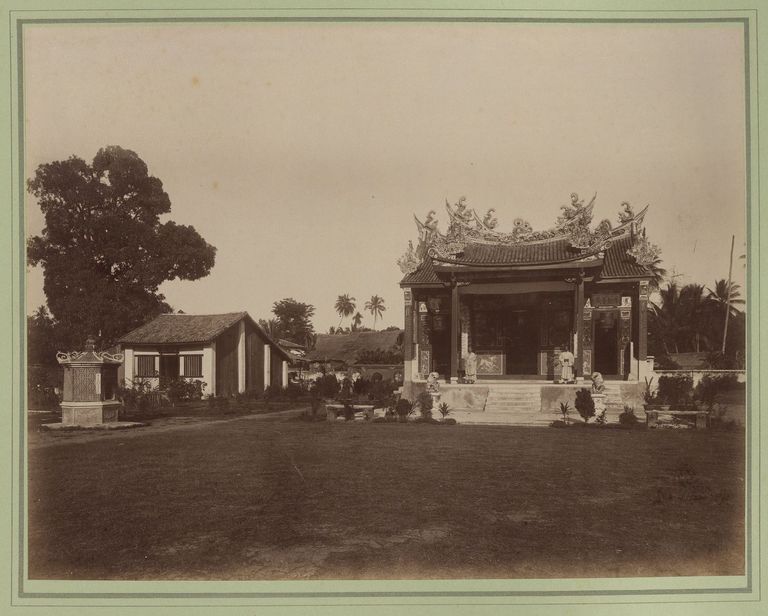
Photo: Carl Josef Kleingrothe/National Gallery of Australia
Since the invention of steamships and the opening of the Suez Canal, which cuts across the land and connects the Mediterranean Sea in Europe with the Red Sea in Asia, the distance between the two continents has been getting closer. Telecommunications technology that developed with the invention of the telegraph and telephone also strengthened the relationship between the two.
European private capital was increasingly daring to invest in the Asian continent and exploit its rich nature. Likewise, Dutch companies were increasingly investing in the Dutch East Indies, including in mining and plantations. The Dutch East Indies mining and plantation commodities became the mainstay for export to the European market.
One of the areas that became the investment destination was North Sumatra. Chinese contract coolies were brought in from China to work in mining and plantations in North Sumatra. The reason why Chinese coolies was wanted was because their cheap wages and they also did good work. When the Chinese coolies became more expensive because of restrictions on the delivery of coolies, the Dutch companies turned to Javanese coolies who were also hardworking.
As a result, acculturation took place. Chinese and Javanese coolies breed in Sumatra and live side by side with local residents. The photo above shows a proof of acculturation of Chinese culture in North Sumatra, namely a temple where Chinese people worship, with typical Chinese architecture.
** Your post has been upvoted (19.40 %) **
Curation Trail Registration is Open!
Curation Trail Here
Delegate more BP for better Upvote + Daily BLURT 😉
Delegate BP Here
Thank you 🙂 @tomoyan
https://blurtblock.herokuapp.com/blurt/upvote